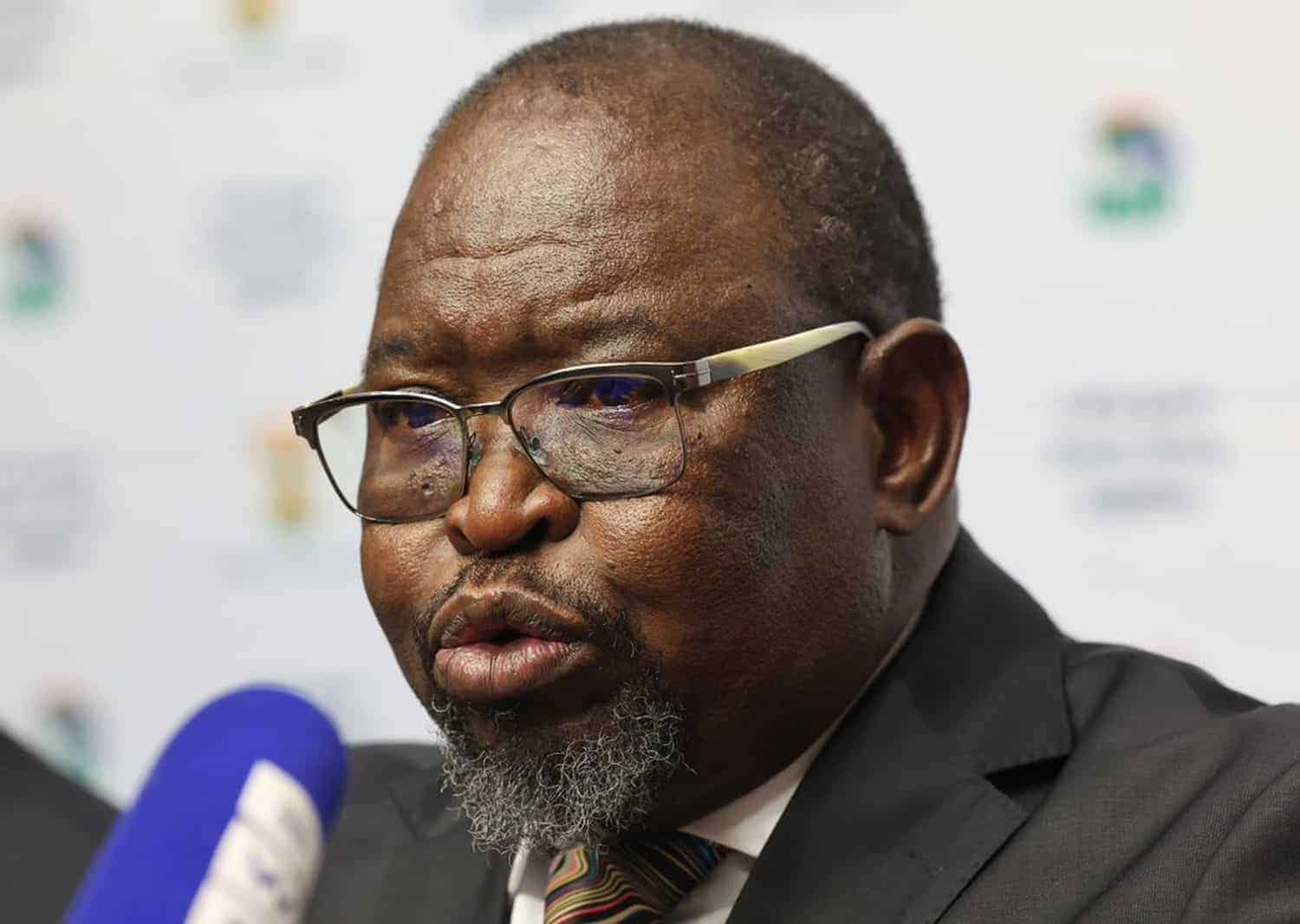Treasury makes it clear that this is not Sarb’s isolated call.

Minister of Finance Enoch Godongwana threw shade on the SA Reserve Bank’s (Sarb) 3% inflation target announced last week – saying he has no plans to announce a lower inflation target in the Medium-Term Budget Policy Statement (MTBPS).
Sarb governor Lesetja Kganyago last week said the bank’s Monetary Policy Committee (MPC) now prefers to settle on a 3% inflation target, which would allow repo rates to settle at slightly below 6% from the current 7%.
This had created an expectation that the minister would confirm this move.
“It is well-established that policy-making responsibility in this area resides with the minister of finance, working with the President and Cabinet, who sets the inflation target in consultation with the Sarb,” said the minister’s office in a statement on Friday. “The Sarb then operates independently in its pursuit of the inflation target.
Added Godongwana: “As I emphasised during the Budget presentation, any adjustments to our inflation-targeting framework will follow the established consultation process. This means comprehensive consultation between National Treasury, the Reserve Bank, Cabinet, and relevant stakeholders – not unilateral announcements that pre-empt legitimate policy deliberation.
“Any changes to the target, if necessary, will follow this process that I have outlined above.”
Godongwana’s statement appears to be a nod to trade unions and those on the political left arguing that the Sarb should prioritise economic growth and jobs over lower inflation.
Lower inflation creates room for the Sarb to drop interest rates further, thereby stimulating growth and reducing the government’s spiralling interest burden.
ALSO READ: A 3% inflation target: What it means for SA markets, and will it solve our debt issues?
Mixed reaction to Sarb comments
It is ‘quite extraordinary’ that the Sarb, rather than National Treasury, is lowering the inflation target from 3-6% to 3%, when that policy mandate resides with government, notes Stephen Hanival, chief economist at the Department of Trade and Industry.
Sarb’s 3% inflation target suggests no further rate cuts for now, but it is “a positive development if we take a longer-term view,” says Izak Odendaal, chief investment strategist at Old Mutual’s Symmetry business unit.
“There will always be inflation cycles, but structurally lower long-term inflation will benefit the South African economy and also support a rerating in its financial markets.”
Gina Schoeman, chief economist at Citibank South Africa, says expectations of a change in the official inflation target are misplaced.
“I think it was incorrect for anybody to expect that just because the Sarb announced their preferred target of 3%, within the official target range of 3-6%, that there would automatically be an announcement of a change in the official range by the time of the MTBPS.
“Sarb did a similar change in 2017, (from) what was then seen as a target of around 5.9% to what it said would be a preferred target of 4.5%. It has effectively done the same thing now, having managed to anchor inflation expectations at much lower levels around 3%. It is clear that with economic reforms moving forward – perhaps not at the pace people would like – comes efficiencies, which means the economy can afford to have a lower preferred [inflation] target.”
ALSO READ: What lowering the inflation target will mean for SA
Can SA handle a 3% target?
The issue of inflation targeting has been the subject of widespread consultation between National Treasury, the finance minister, deputy finance ministers and the Sarb. National Treasury’s macro policy review last year said inflation targeting works and the economy would benefit from a lower target.
“Can this economy handle a 3% target? Yes, I believe it can,” says Schoeman.
“Sarb has said it will not try to achieve this immediately, but over a two- to three-year period.
“There will be supply shocks, which is why they have given themselves quite a long runway to achieve this 3% target. What they want to see is a trend towards 3%, rather than the [previous] mid-point of 4.5%.”
Odendaal told Moneyweb’s Jimmy Moyaha that recent inflation data – excluding administered prices controlled by government-controlled entities such as Eskom and municipalities – put inflation at 4.5%, exactly midway in the 3-6% target range. “Regulated prices, those that are directly controlled by the government, are running at 9.7% year on year,” said Odendaal.
The challenge for SA is to get these regulated price increases, such as electricity and municipal tariffs, into line with price increases elsewhere in the economy.
This article was republished from Moneyweb. Read the original here.






